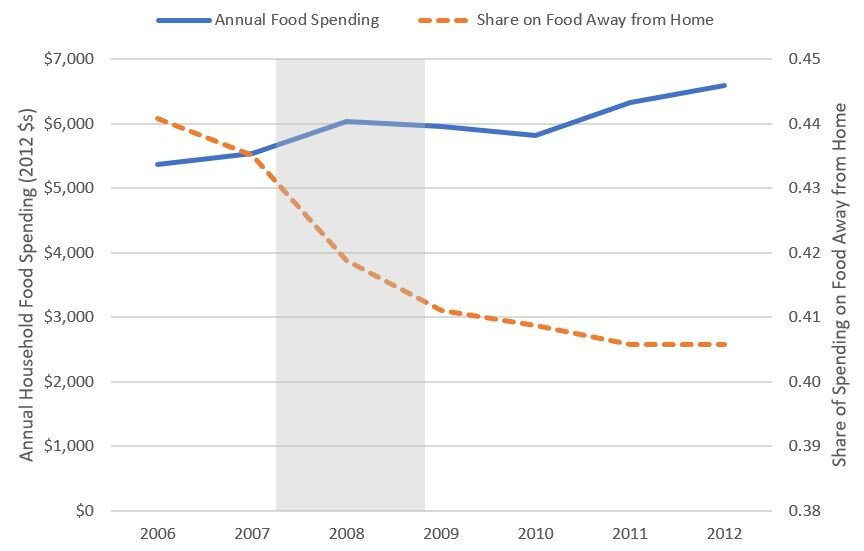Morgan Spurlock’s newest documentary, available on Amazon, is Super Size Me 2: Holy Chicken! I wasn’t a big fan of the 1st edition of Super Size me, and I was expecting this one to fall into the sensationalized, muckraking, one-sided story telling I tend to associate with many food and agricultural documentaries. Yes, there was some of that, but overall I was surprised how much I liked about the film.
The documentary is mainly about Spurlock’s efforts to create a healthy-seeming fast food restaurant selling chicken sandwiches. Oh, and he decides to source and raise the chickens himself, using mainly the conventional production methods employed throughout the industry. One could quibble with some of the claims and comparisons, but I thought the documentary did a reasonably good job accurately showing how modern broilers are raised.
The best aspect of the documentary was the exposure of the ridiculousness of many food marketing claims and the health halos that such claims create. It was fascinating to see the ways fast food companies position themselves to create the aura of healthiness and wellness. To be sure, many fast food companies are indeed offering healthier items than in the past and have made efforts to improve healthiness of kids meals, etc., but it is also the case that a lot of effort has also gone into creating the illusion that a lot of what we’ve been eating all along is today somehow healthier.
From an economic standpoint, there is one bone to pick with the documentary. Spurlock is quite critical of the so-called tournament system that is used to pay the broiler producers (or chicken farmers as Spurlock calls them) who feed out birds for Tyson, Pilgrim’s, Perdue, Sanderson, and the other major chicken companies. Under this system, the performance of one producer is compared to a group of others, and pay is determined by how one’s performance compares to their peers. It is impossible not to feel sympathy for the farmers Spurlock interviews, and I have no intimate knowledge of the veracity of claims about whether the tournament system is used to retaliate against producers who do not toe the party line. As the documentary notes, there are ongoing lawsuits related to the use of the tournament system, and I presume the courts can sort out whether there is legitimate evidence of wrongdoing.
However, the documentary portrayed the tournament system in a one-sided way that made it seem a contrivance only to benefit the big chicken companies. What was missing is a discussion of a key motivation for the use of the tournament system, which rests on very solid economic principles. In particular, the tournament is a potential solution to something called the principal-agent problem. The “principal” (e.g., a company like Tyson) owns the birds and supplies the feed and other inputs to the producer (the “agent”). The problem is that, without high cost, Tyson can’t directly observe how much effort the producer puts into caring for the chickens Tyson owns; it is also difficult for Tyson to observe managerial talent and acumen, which (contrary what the documentary suggests) can have big effects on productivity. When such effort or talent can’t be easily observed or directly rewarded, there is little incentive for producers to put forth high effort. A tournament has the potential to better solve this problem of information asymmetry and induce high effort and high productivity, and thus lower chicken prices for the final consumer. I touched on this a while back when discussing The Meat Racket (see also Aleks Schaefer’s excellent review), which was highly critical of the tournament system.
I wonder if there won’t be other ways that evolve to help solve this principal-agent, asymmetric information problem? With all the sensors, tracking, and data analytics that are being created for agricultural applications, the cost of effort and quality monitoring might eventually fall, albeit in ways that might be perceived as encroaching on privacy. Profit-sharing is another mechanism that is sometimes used to help solve principal-agent problems that might have some application here. If the concern is that the tournament is being manipulated in some way, that seems like a problem that could be solved with a third-party verification system. All this is a way of saying that a lawsuit or legislation might do away with the tournament system, but it won’t remove the underlying problem of asymmetric information.

